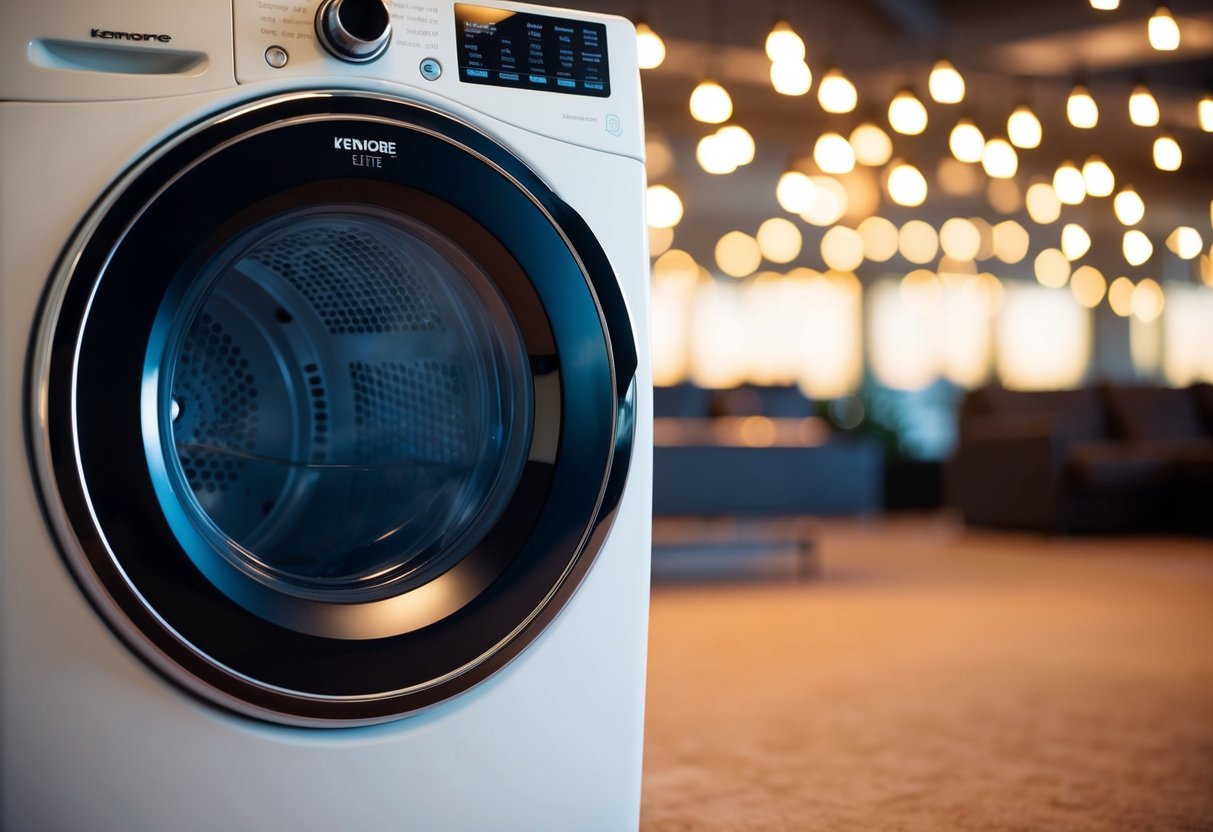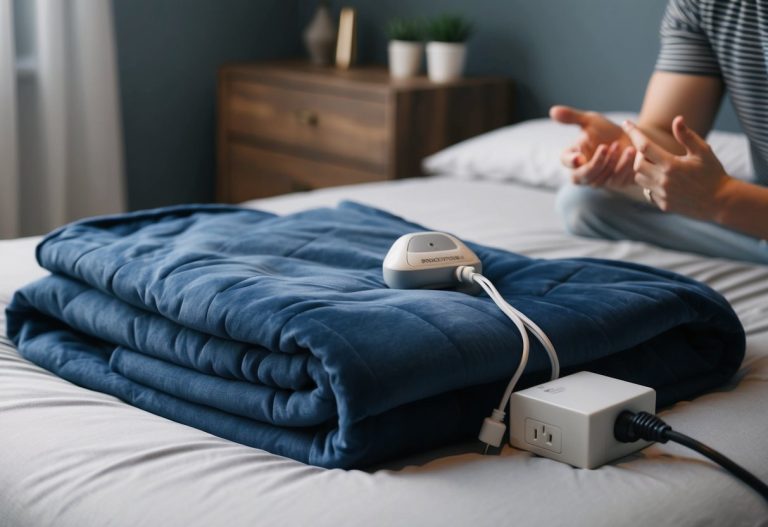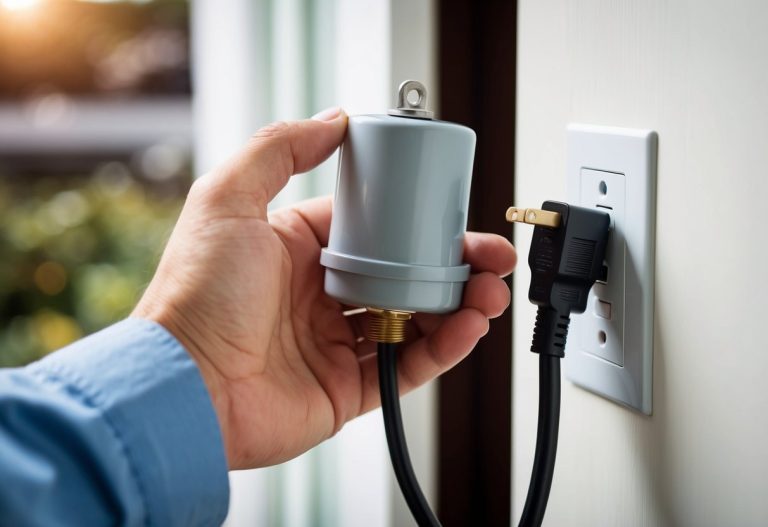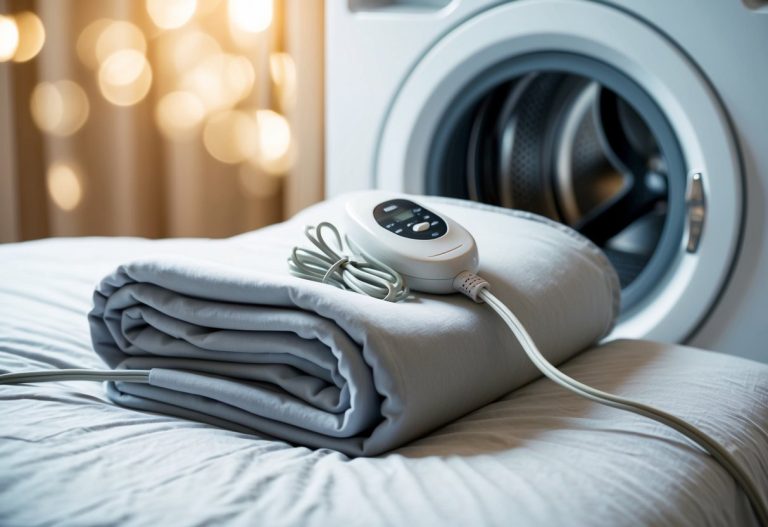If your Kenmore Elite HE3 or HE4 dryer is not heating, the most common reasons are a broken heating element, a faulty thermal fuse, or an electrical issue like a bad thermistor. Checking these parts can often solve the problem and get your dryer working again without a costly repair.
You might notice your dryer runs but clothes stay damp, which usually means the heating part isn’t working. Simple tests like checking the voltage or replacing the thermal fuse can help you find the cause. Understanding these basic fixes can save you time and frustration.
Common Reasons Your Kenmore Elite HE3 or HE4 Dryer Is Not Heating

If your Kenmore Elite HE3 or HE4 dryer isn’t producing heat, it could be due to a few key parts failing. These problems usually involve safety components, heating parts, or control mechanisms that affect how your dryer warms up.
Blown Thermal Fuse
The thermal fuse is a safety device that prevents your dryer from overheating. If the fuse blows, your dryer may run but won’t heat. This often happens when the vent is blocked or the dryer overheats.
To check it, you’ll need to open the dryer’s lower front panel and test the fuse with a multimeter. If it shows no continuity, it’s blown and needs replacement. A new thermal fuse often costs less than $20 and is an easy fix.
Make sure to clear any vent blockages before replacing the fuse. Otherwise, the new fuse might blow again for the same reason.
Faulty Heating Element
The heating element is what heats the air inside your dryer. Over time, it can wear out, break, or burn out. When this happens, the dryer runs without heat.
You can find the heating element inside the dryer’s drum area, usually behind a panel. Test the element with a multimeter. No continuity means the element is faulty and needs to be replaced.
Replacing the heating element can be done in about 30 minutes with basic tools. It normally costs around $20 to $40. Make sure the power is off before trying to fix it.
Defective Thermostat
Your dryer has one or more thermostats that regulate temperature. If a thermostat is bad, it can stop the dryer from heating or cause it to overheat.
A defective thermostat often causes the dryer to shut off early or not heat at all. To check it, you need to locate the thermostat, test it for continuity, and replace it if needed.
Thermostats aren’t very expensive and swap outs are straightforward. But if multiple thermostats fail, it could be a sign of a bigger problem like vent blockage or a failing heating element.
Malfunctioning Timer or Control Board
The timer or control board controls the dryer’s heating cycle. If these parts fail, your dryer might turn on but won’t heat.
The timer controls how long the heating element runs. A faulty timer can stop the element from receiving power. The control board manages many electronic functions, including heating.
Problems here require testing or replacing the part. Timers can be mechanical or electronic, while control boards are more complex. If these parts fail, it’s best to follow a guide or get expert help. They can be more expensive and take time to replace.
How to Diagnose and Fix Heating Issues in Kenmore Elite HE3 or HE4 Dryers

If your Kenmore Elite HE3 or HE4 dryer is running but not heating, there are clear steps you can take to find the problem and fix it. You will focus on safety, check key parts one by one, and learn how to replace broken components correctly.
Safety Precautions Before Troubleshooting
Before you start, unplug your dryer from the power outlet to avoid electrical shock. Never work on the dryer while it is still plugged in.
Make sure the area around your dryer is dry. Wear protective gloves to protect your hands from sharp parts inside the dryer.
Avoid touching any wires or components without confirming the power is off. If you have a multimeter, check that no voltage is present before opening the control panel or heating unit.
Use caution when handling the heating element, as it can be fragile and break easily.
Step-by-Step Diagnostic Process
First, check the dryer’s vent and exhaust hose. Ensure they are not blocked or crushed, as airflow problems can cause heating failure.
Next, test the breaker and power supply. Reset the circuit breaker or switch the breaker off and on slowly to see if this restores heating.
Then, open the dryer’s heating compartment to check the heating element for visible breaks or burns. You can use a multimeter to test the element’s continuity.
Inspect the thermal fuses and thermostats located near the heating element. A blown thermal fuse or faulty thermostat will stop the dryer from heating.
Look at the cycling thermostat and thermal cut-off as well. If any of these parts fail, the dryer won’t heat properly.
Replacing Damaged Components
If you found a broken heating element, order the exact replacement for your Kenmore model. Carefully remove the old element, noting how the wires connect.
Replace any blown thermal fuse or thermostat with parts that match the model number. These usually clip or screw into place.
When installing, reconnect all wires securely, and avoid damaging new parts.
After replacement, run a test cycle to make sure the dryer heats up properly.
If you’re unsure at any point, contacting a qualified technician is a safe choice.





